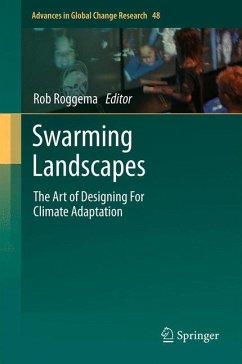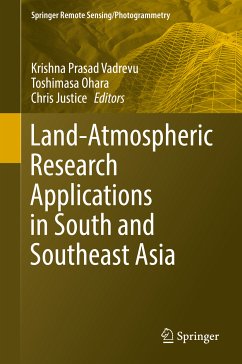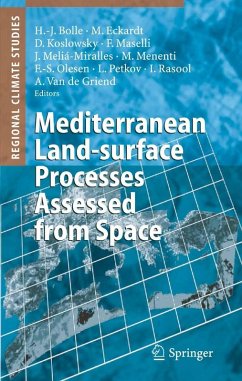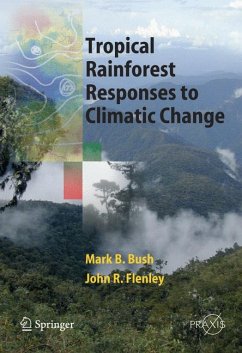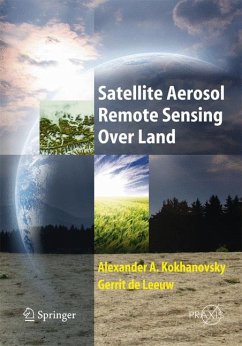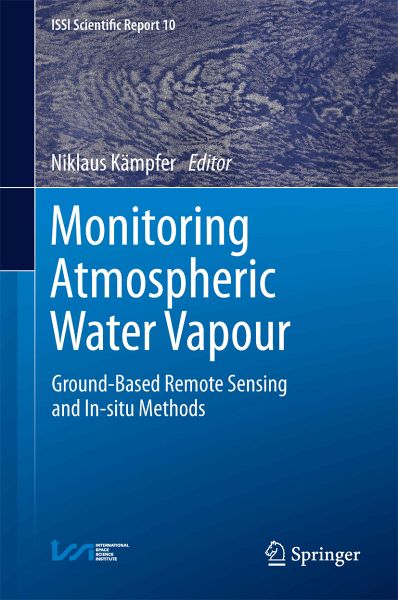
Monitoring Atmospheric Water Vapour (eBook, PDF)
Ground-Based Remote Sensing and In-situ Methods
Redaktion: Kämpfer, Niklaus
Versandkostenfrei!
Sofort per Download lieferbar
112,95 €
inkl. MwSt.
Weitere Ausgaben:

PAYBACK Punkte
56 °P sammeln!
Atmospheric water plays a key role in climate. Water vapour is the most important greenhouse gas and its condensed forms exert a profound influence on both incoming solar and outgoing infrared radiation. Unfortunately, accurate, height-resolved global-scale measurements of atmospheric humidity are difficult to obtain. The change in concentration of five orders of magnitude form the ground to the stratosphere means there is no standard instrument that will measure everywhere. This has led to different measuring techniques, all with strengths and weaknesses. This book assesses all presently avai...
Atmospheric water plays a key role in climate. Water vapour is the most important greenhouse gas and its condensed forms exert a profound influence on both incoming solar and outgoing infrared radiation. Unfortunately, accurate, height-resolved global-scale measurements of atmospheric humidity are difficult to obtain. The change in concentration of five orders of magnitude form the ground to the stratosphere means there is no standard instrument that will measure everywhere. This has led to different measuring techniques, all with strengths and weaknesses. This book assesses all presently available techniques that are used in monitoring networks. Special weight is given to presenting the different technical concepts, the accuracy of different sensor types, addresses calibration issues and retrieval aspects.
Dieser Download kann aus rechtlichen Gründen nur mit Rechnungsadresse in A, B, BG, CY, CZ, D, DK, EW, E, FIN, F, GR, HR, H, IRL, I, LT, L, LR, M, NL, PL, P, R, S, SLO, SK ausgeliefert werden.





